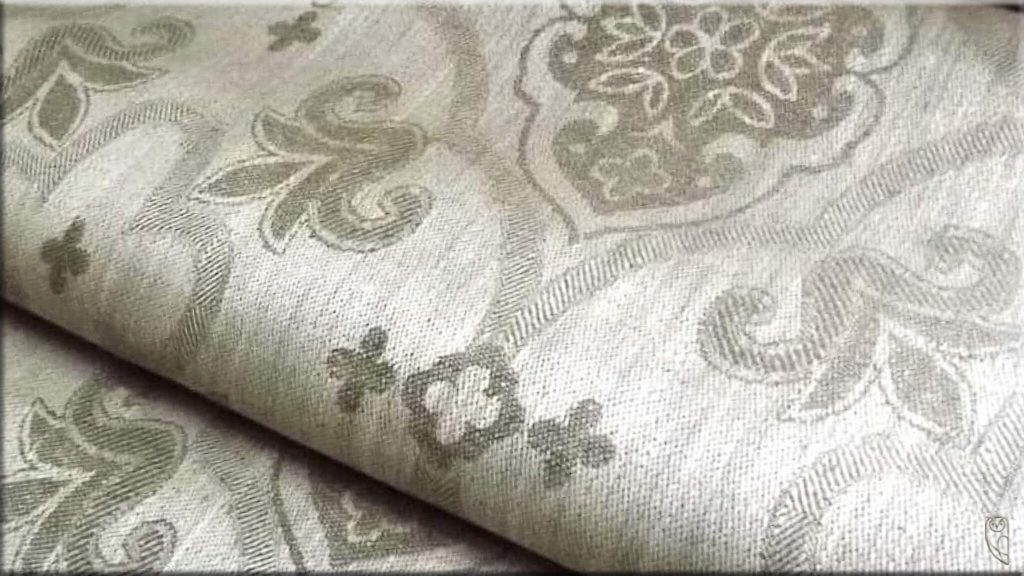There is no more valuable fiber than flax, than flax!
The results of the Stone Age prove that from the flax plant
The oil, seeds and valuable fibers have already been used. In the case of the civilized Egyptians, Phoenicians, and others, the flax plant was cultivated around 5000 BC and the final fibers were woven. It was only in the 18th century that much shorter cotton fibers could be spun into threads, and thus made into fabrics.
There are different types of linen depending on the use.
So the longer flax fibers and more branched flaxseeds. The cross-section of the flax demonstrates its high stability against storms and heavy rain, which cannot break the flax in the field. Flax does not remove anything from the soil, on the contrary, its fine roots help keep the soil loose and protect it from erosion. The high moisture absorption gives the flax fibers flexibility so that they do not break even as they ripen. Linseeds are sown between mid-March and mid-April. Whether more fiber or more seeds is required depends not only on the variety, but also on the density of sowing and the time of sowing. Flax grows in the first three months.
In June, flax fibers bloom to be picked by the beginning of August.
In order to get the longest possible fiber, hemp fibers, unlike hemp seeds, are not cut, but pulled (pulled) from the ground along with the roots. The mechanical harvester also pulls the flax up, collecting it in bundles so that it can “squat” in the fields for later ripening. In this squat, the cannabis ripens from green to yellow to full maturity. The finest fiber is obtained from Frost Green but with low strength. When fully ripened, the fibers become increasingly coarse, so only coarse (pull) fibers can be obtained. Yellow ripeness is the perfect middle ground for seeds and fibres.
Flax fibers should not be studied for fiber.
This mechanical action would destroy the fibres. From the bundles of fibers after ripening and dried, the seed capsules are separated from the stems by stripping them over a comb. The bundles of fine fibers in the “dew roasting” must now be separated from the flax stalks. See the drawing “Cross-section of the flax stalk”.
In this dew rust, bacteria and fungi cause the decomposition of the layer of bark surrounding the fibers and cambium. At the same time, the flax fibers are also freed from the substances within the fibers, which would leave the linen with uncorrectable wrinkles, which, despite hot ironing, still gave the linen fabric the appearance of crinkled paper.
Mechanical works,
Such crushing and shredding helps to mechanically release the dry fibers and thus spin the various spinning processes of linen into threads, giving towels, linens and technical fabrics special properties. The properties of cotton, “wood fiber” (lyocell), certainly not the characteristics of synthetic fibers unfavorable to the human body.
Linen on the body as if surrounded by nature.
Linens in bed are like sleeping in hay.
Of all the fibers, flax is the most human-friendly of all natural materials.
Contribution from “Der Klugscheißer”!

“Total coffee aficionado. Travel buff. Music ninja. Bacon nerd. Beeraholic.”







More Stories
Wolfsburg instead of Wörthersee: The first GTI meeting starts at Volkswagen headquarters
Pecco Bagnaia (Ducati): Testing on the new Panigale/MotoGP
From autumn onwards, U2 will be playing again at Karlsplatz.